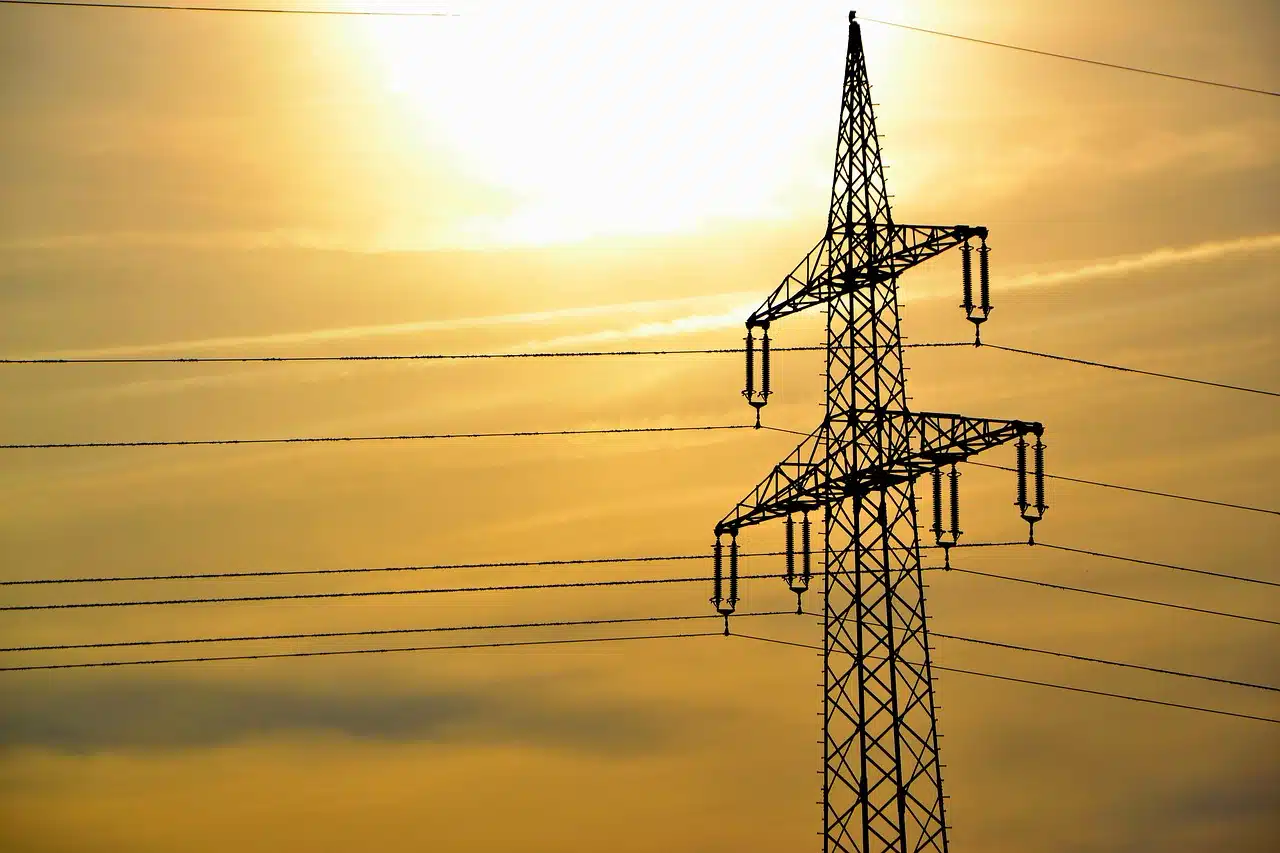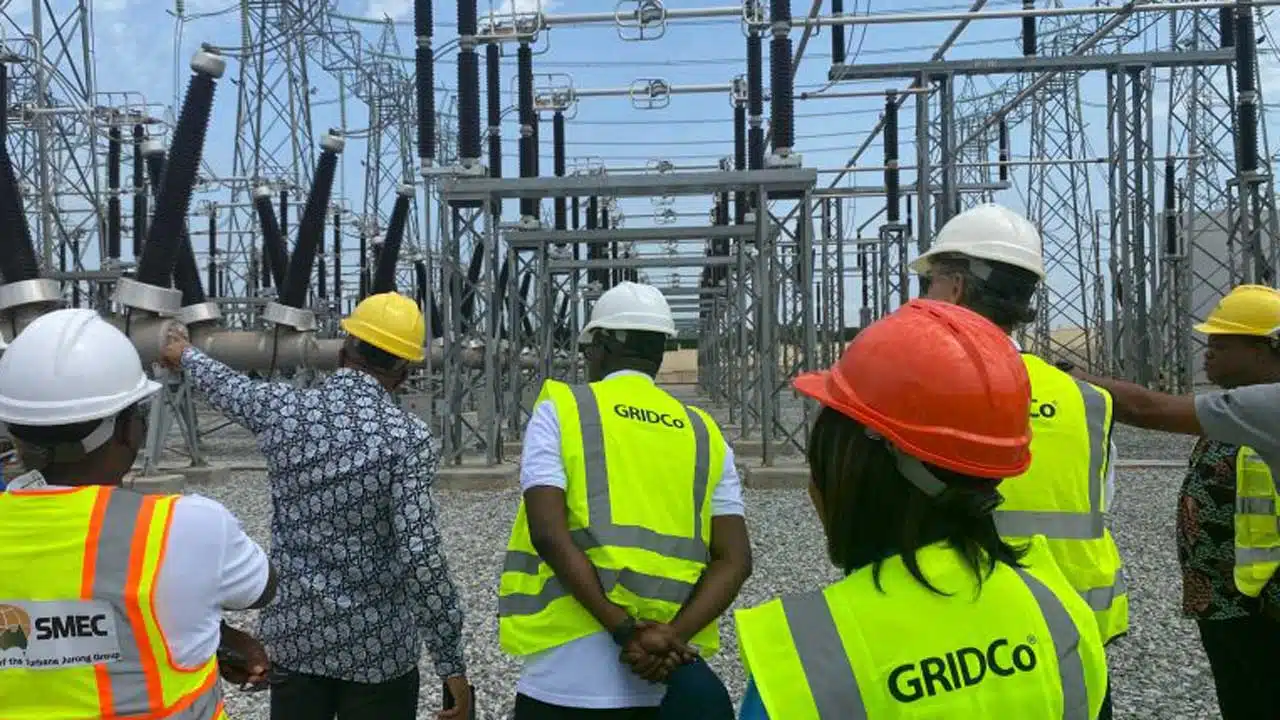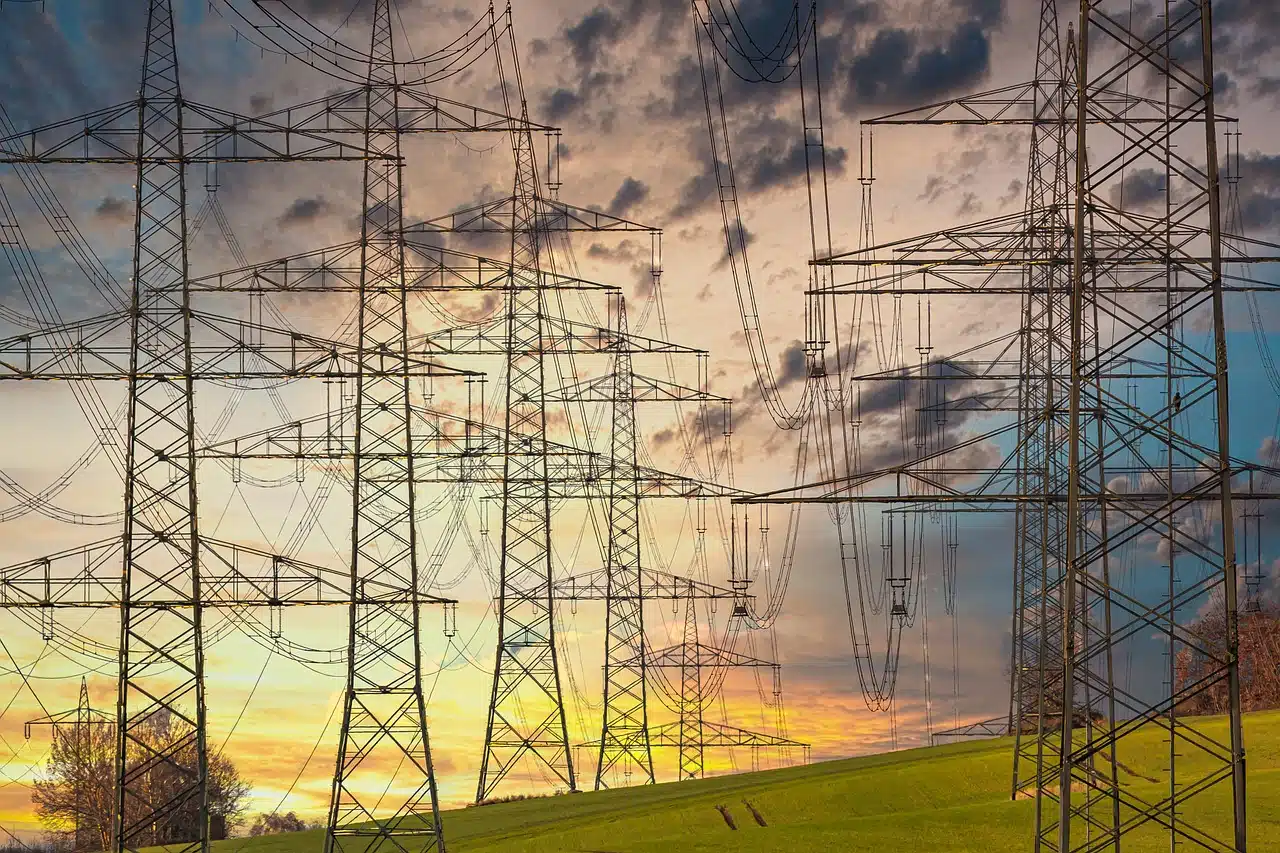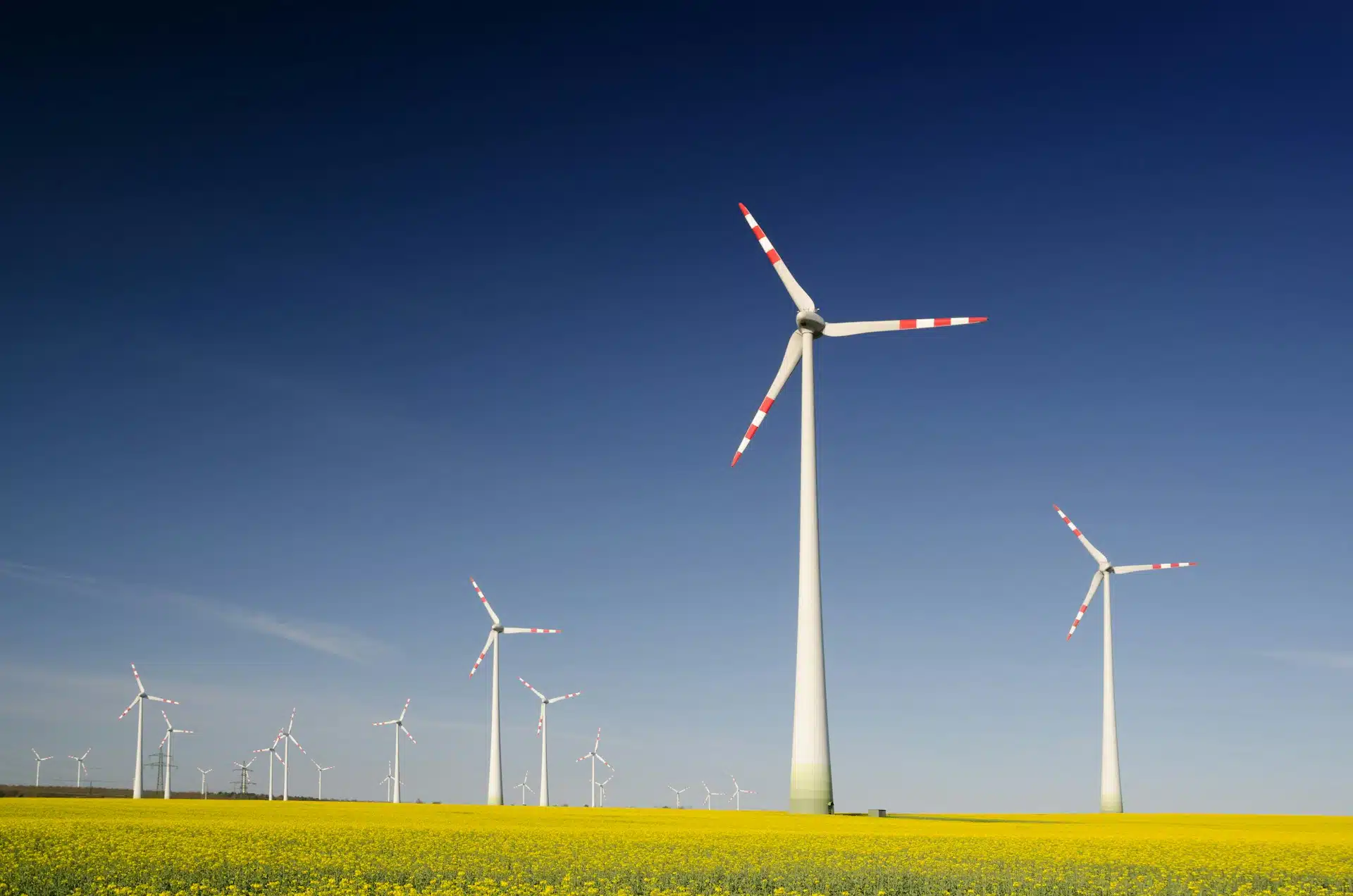East African nation, Tanzania, is accelerating its energy sector transformation.
Tanzania is targeting an additional 2,000 megawatts (MW) of electricity generation capacity within five years.
This effort is part of a broader vision to achieve universal energy access by 2030.
The Ministry of Energy, under the leadership of Deputy Prime Minister and Minister of Energy Doto Biteko, has outlined a $12.9 billion investment plan to support this goal.
The aim is to increase the country’s electricity coverage from 46% in 2022 to 75% by 2030.
This aligns with the continental Mission 300 initiative to connect 300 million Africans to electricity.
Tanzania power generation growth
Tanzania’s electricity generation capacity has seen remarkable growth, rising from 2,138 MW in March 2024 to 4,031.71 MW by April 2025, an 86.6% increase, according to the Ministry of Energy’s budget report.
In addition, the completion of the 2,115 MW Julius Nyerere Hydroelectric Power Project (JNHPP) in the 2024/2025 fiscal year marked a significant milestone, positioning Tanzania as a regional leader in hydropower.
Biteko added that JNHPP’s completion has supported the national grid, enabling the country to pursue further capacity additions.
Therefore, the new target of 2,000 MW over five years aims to build on this foundation, with plans to diversify the energy mix through natural gas, nuclear, geothermal, and renewable sources.
However, the government’s strategy, detailed in the 2025/2026 national budget, allocates $426.9 million to initiate key projects, including rural electrification and preparatory works for hydroelectric and geothermal developments.
On this note, the Deputy Minister of Energy, David Mramba, stated that these funds will catalyze private-sector partnerships to meet the 2,000 MW target, ensuring sustainable and affordable energy for 42 million Tanzanians by 2030.
Diversifying the energy mix
Tanzania’s energy strategy prioritises diversification to reduce reliance on hydropower, which is vulnerable to droughts.
As we know, the Ministry of Energy has revived natural gas exploration, with drilling set to resume in the Mnazi Bay Block in November 2025 after a decade-long pause.
This initiative, led by the Tanzania Petroleum Development Corporation (TPDC), aims to boost natural gas production by 30 million cubic feet per day, supporting gas-fired power plants that will contribute to the 2,000 MW target.
However, TPDC’s Managing Director, James Mataragio, stated that this move enhances energy security and supports industrial growth.
Additionally, President Samia Suluhu Hassan directed the Ministry to explore nuclear energy as a long-term solution.
This energy mix aligns with regional trends, as countries like Uganda and Rwanda also pursue nuclear programs to meet growing energy demands.
Geothermal energy is another critical component to consider.
The Citizen, a local newspaper, reports that Tanzania plans to invest Tanzanian $1.48 trillion (approximately $600 million) in geothermal power by 2030.
The investment will establish geothermal plants in regions like Mbeya and Arusha, leveraging Tanzania’s volcanic geology to generate clean, reliable energy.
The Ministry projects that geothermal could contribute up to 200 MW by 2030, forming a significant portion of the 2,000 MW target.
Strategic investments and private-sector engagement
Tanzania is also opening its energy sector to private investment.
For the first time, the government is inviting private companies to participate in electricity transmission projects, a move announced by the Permanent Secretary of Tanzania’s Ministry of Energy, Felchesmi Mramba.
This policy shift aims to address infrastructure bottlenecks and accelerate grid expansion.
Meanwhile, a landmark Memorandum of Understanding (MOU) signed on July 2, 2025, between TPDC and Energetech-Tantel Holdings exemplifies this approach.
The MOU outlines a two-year roadmap for liquefied natural gas (LNG) production, including feasibility studies, permitting, and financing.
Apart from this, the MOU stated that the partnership aims to produce LNG within 12 months, positioning Tanzania as a regional energy hub.
This initiative supports the 2,000 MW target by ensuring a steady fuel supply for gas-powered plants.
Hence, the government is also leveraging international cooperation. The Eastern Africa Power Pool (EAPP) framework, which facilitated a successful energy wheeling trial between Kenya, Ethiopia, and Tanzania on June 26, 2025, shows Tanzania’s role in regional energy trading.
The EAPP’s planned Day Ahead Market (DAM), set to launch in 2025, will enable Tanzania to export surplus power, generating revenue to fund further investments.
EAPP’s Regional Coordinator, James Wahogo, noted that the DAM could benefit over 620 million people across 13 member countries.
Addressing rural electrification
A core pillar of Tanzania’s energy plan is connecting 8.3 million new customers to the grid by 2030.
Deputy Minister Mramba emphasized that rural electrification is critical to achieving universal access, due to the $426.9 million allocated.
Meanwhile, the Rural Energy Agency (REA) is spearheading projects to extend the grid to underserved areas, particularly in regions like Dodoma and Singida.
As a result, in 2024/2025, REA connected 1.2 million households, and the agency aims to triple this number by 2030.
The Ministry is also promoting clean cooking solutions to reduce reliance on biomass, which accounts for 85% of household energy use.
Recently, a $1 billion investment deal was made in liquefied petroleum gas (LPG) infrastructure to expand access to cleaner alternatives, supporting the broader energy access goals.
Challenges and risks involved
Despite its ambitious targets, Tanzania faces significant challenges.
The IMF’s 2025 Selected Issues report states financing constraints, noting that the $12.9 billion required for universal energy access exceeds current fiscal capacity.
Second, technical and logistical hurdles also persist. The Ministry of Energy reported delays in geothermal exploration due to limited expertise and high upfront costs.
Third, climate risks, such as droughts affecting hydropower, show the urgency of diversifying the energy mix.
However, transparent procurement and project management will be critical to maintaining investor confidence.
The regional and global factors
Tanzania’s plan aligns with Africa’s broader push for energy access.
A recent report states that 600 million Africans lack access to electricity, necessitating a fourfold increase in supply by 2040.
Meanwhile, Tanzania’s participation in the EAPP and its focus on critical minerals, as noted during the African Mining Week 2025 preparations, positions it as a key player in this transformation.
The Ministry of Mines reported that Tanzania’s national mapping program, part of Vision 2030, has identified significant deposits of lithium and nickel, essential for renewable energy technologies.
Globally, Tanzania’s efforts reflect a shift toward sustainable energy.
The International Energy Agency (IEA) projects that Africa’s energy demand will double by 2040, driven by population growth and industrialization.
Therefore, Tanzania’s investments in LNG, geothermal, and nuclear energy align with this trend, positioning the country to meet both domestic and regional demands.









